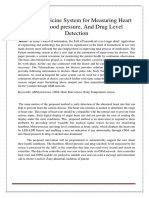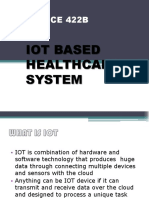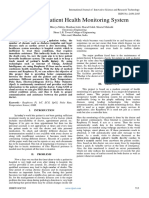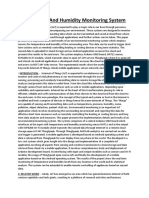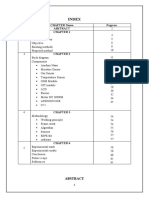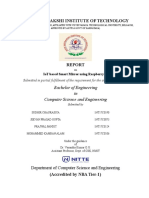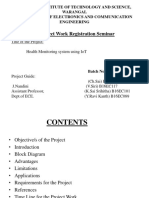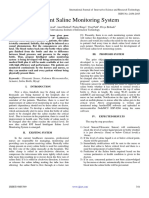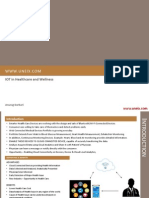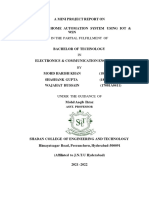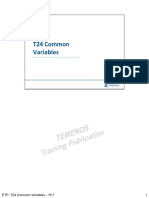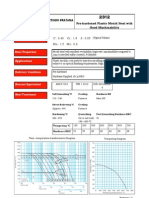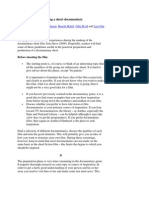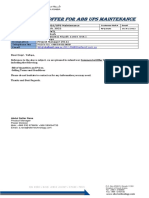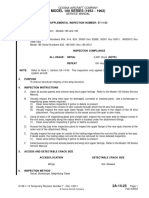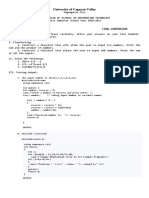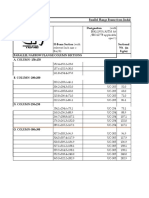0% found this document useful (0 votes)
639 views25 pagesFinal Report of Project PDF
This document describes an IOT based health monitoring system project submitted by three students. The project uses sensors to monitor a patient's temperature and heartbeat. The sensor data is sent to an Arduino board connected to an LCD display and WiFi module. In case of abnormal readings, an alert is sent via the internet to notify doctors so they can help prevent death rates by responding quickly. The system aims to remotely monitor patient health using IOT to improve healthcare access and quality of life.
Uploaded by
Pooja PawarCopyright
© © All Rights Reserved
We take content rights seriously. If you suspect this is your content, claim it here.
Available Formats
Download as PDF, TXT or read online on Scribd
0% found this document useful (0 votes)
639 views25 pagesFinal Report of Project PDF
This document describes an IOT based health monitoring system project submitted by three students. The project uses sensors to monitor a patient's temperature and heartbeat. The sensor data is sent to an Arduino board connected to an LCD display and WiFi module. In case of abnormal readings, an alert is sent via the internet to notify doctors so they can help prevent death rates by responding quickly. The system aims to remotely monitor patient health using IOT to improve healthcare access and quality of life.
Uploaded by
Pooja PawarCopyright
© © All Rights Reserved
We take content rights seriously. If you suspect this is your content, claim it here.
Available Formats
Download as PDF, TXT or read online on Scribd
/ 25


